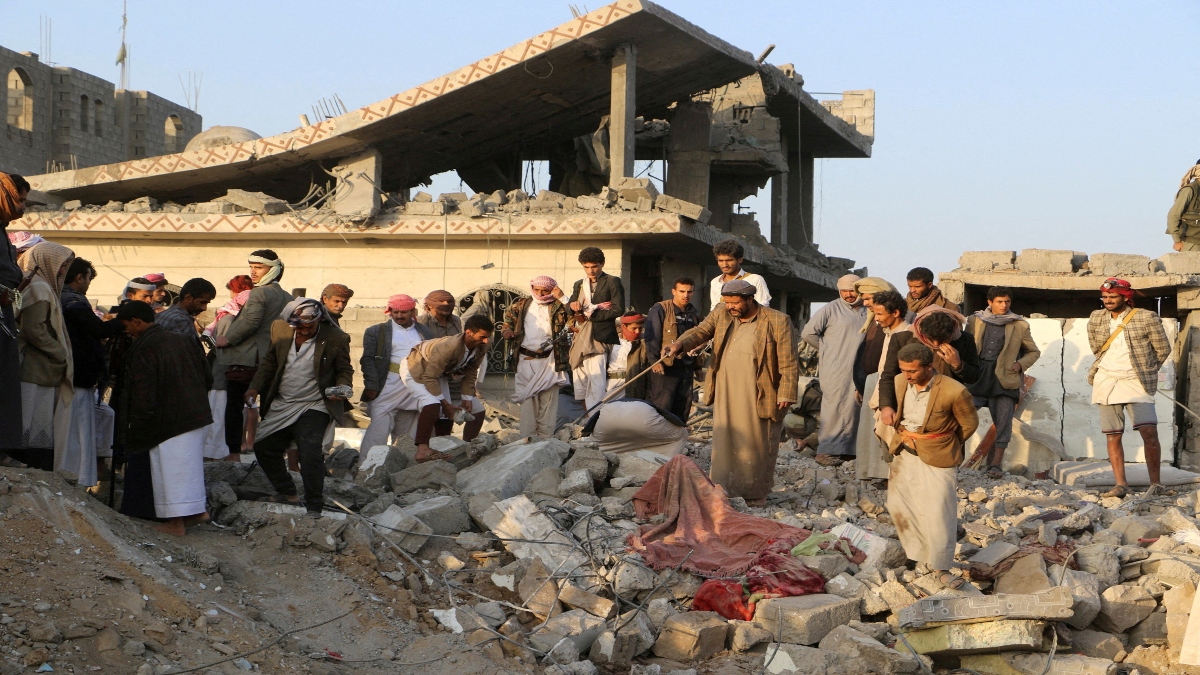The US military said on Thursday that it had destroyed a key fuel port in Yemen as part of its campaign against the Houthi rebels. Houthi-run media reported that 38 people were killed in the strikes.
According to Al Masirah TV, 102 people were injured in Thursday’s strikes on the western fuel port of Ras Isa.
The attack targeted the Ras Issa fuel port to cut off a vital supply and funding source for the Houthis, according to the US military.
The United States has said it will continue its large-scale military strikes in the Middle East—launched last month in its biggest operation since President Donald Trump took office—unless the Houthis stop attacking ships in the Red Sea.
Since March 15, Washington has carried out near-daily airstrikes on the Houthis to stop their attacks on civilian and military ships in the Red Sea and Gulf of Aden.
The rebels started their attacks in late 2023, citing solidarity with Palestinians in Gaza, as the region faces fierce Israeli campaign amid an ongoing war with Israel.
“US forces took action to eliminate this source of fuel for the Iran-backed Houthi terrorists and deprive them of illegal revenue that has funded Houthi efforts to terrorize the entire region for over 10 years,” the US Central Command (CENTCOM) said in a statement.
“The objective of these strikes was to degrade the economic source of power of the Houthis, who continue to exploit and bring great pain upon their fellow countrymen,” CENTCOM said.
Ships “have continued to supply fuel via the port of Ras Issa” despite Washington designating the rebels a foreign terrorist organization earlier this year, the military command added, without specifying the source of the fuel.
Earlier, in a social media post, Houthi health ministry spokesman Anees Alasbahi said that “13 workers and employees at the Ras Issa port were killed and 30 others injured in the American aggression on the port.”
The port lies along the west coast of Yemen on the Red Sea.
Houthi attacks have prevented ships from passing through the Suez Canal – a vital route that normally carries about 12 percent of world shipping traffic – forcing many companies into a costly detour around the tip of southern Africa.


)
)
)
)
)
)
)
)
)